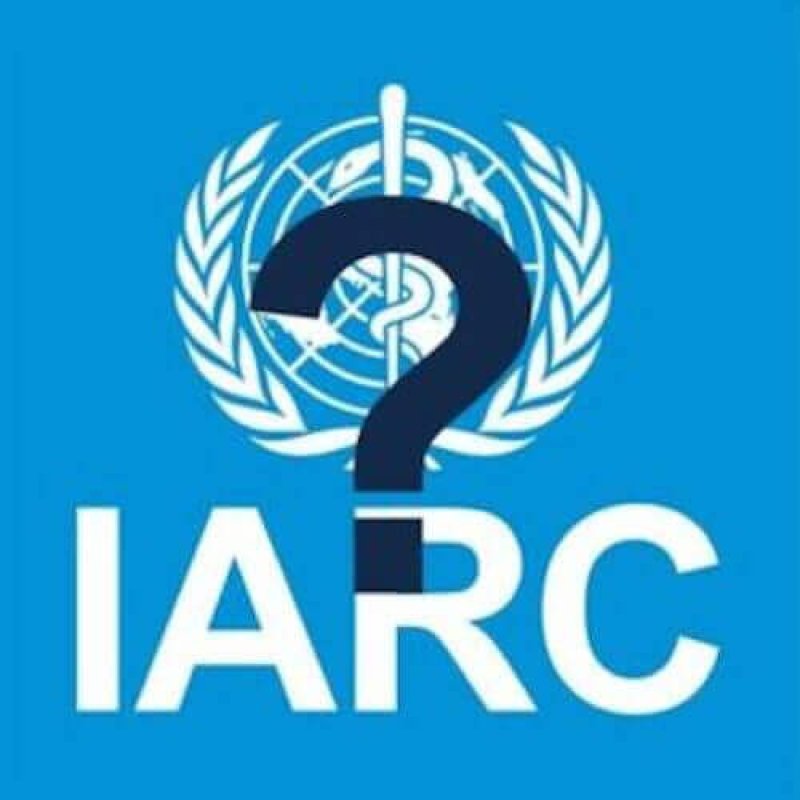In recent decades, there has been a growing interest in the scientific community (and beyond) about the possible conflicts of interest arising from either financial support to the research or extra-academic activities of the investigators, as widely debated in a recent publication. The declaration of conflicts of interest represents an issue of complex interpretation which, in our opinion, should be broadened to a more comprehensive vision that would offer the reader the possibility of understanding the origin, the nature and the aims of the sponsorship sup-porting a specific study or research group.
…
[I]t would be useful to declare all funding sources, both public and private, supporting the investigators, beyond the specific study, and taking advantage from funds and other resources, such as non-designated contributions from charities and staff, whose salary is covered by the institution or the government …. In this respect, it seems more appropriate to declare all the sources of the groups of investigators, with a possible identification of funds specifically designated for the research of interest.…
A further example refers to the recent controversy on the [International Agency for Research on Cancer] IARC evaluation regarding the herbicide glyphosate …. A relevant number of members of the Collegium Ramazzini (CR), an international academy that cooperates with the Ramazzini Institute (RI) and whose General Secretariat is based in Bentivoglio (Italy), signed a letter written by Christopher Portier (himself a CR member) to Wytenis Andriukaitis, the Commissioner of Health & Food Safety, to defend the IARC evaluation.
[Editor’s note: Read Viewpoint: Here’s what’s wrong with study suggesting glyphosate damages our gut health to learn more about the The Ramazzini Institute]
A series of letters were sent by the same US Congress Committee to the Directors of the International Agency for Research on Cancer- IARC (initially chaired by Dr. C.Wild, then Dr. E. Weiderpass) on the integrity of the Mono-graphs program. We propose extracts from the letter of June2018 which summarize the heart of the matter:
“The Monograph Programme has been a recipient of significant criticism from a wide range of individuals and establishments, including scientists, judges, and Members of the U.S. Congress. […] In its most recent oversight, the Committee has discovered that serious flaws existed in the glyphosate monograph study and that despite these issues, monograph participants used the study to influence policy-makers in both Europe and the United States. […] According to reports by Reuters, the IARC Working Group for the glyphosate monograph ignored studies and data that contradicted its seemingly pre-determined conclusion were omitted or altered.
…
Many other Organizations such as the World Health Organization (WHO) and the Food and Agriculture Organization (FAO), the European Chemical Agency (ECHA) and the European Food Safety Authority (EFSA), do not agree with IARC position, raising further doubts about a possible lack of scientific transparency. The content of the debate is so relevant that it cannot be ignored and we hope that each aspect could be clarified to the Scientific Community.
Read full, original article: Congress of the United States, Ramazzini Institute and its affiliates, IARC:questions on scientific transparency































